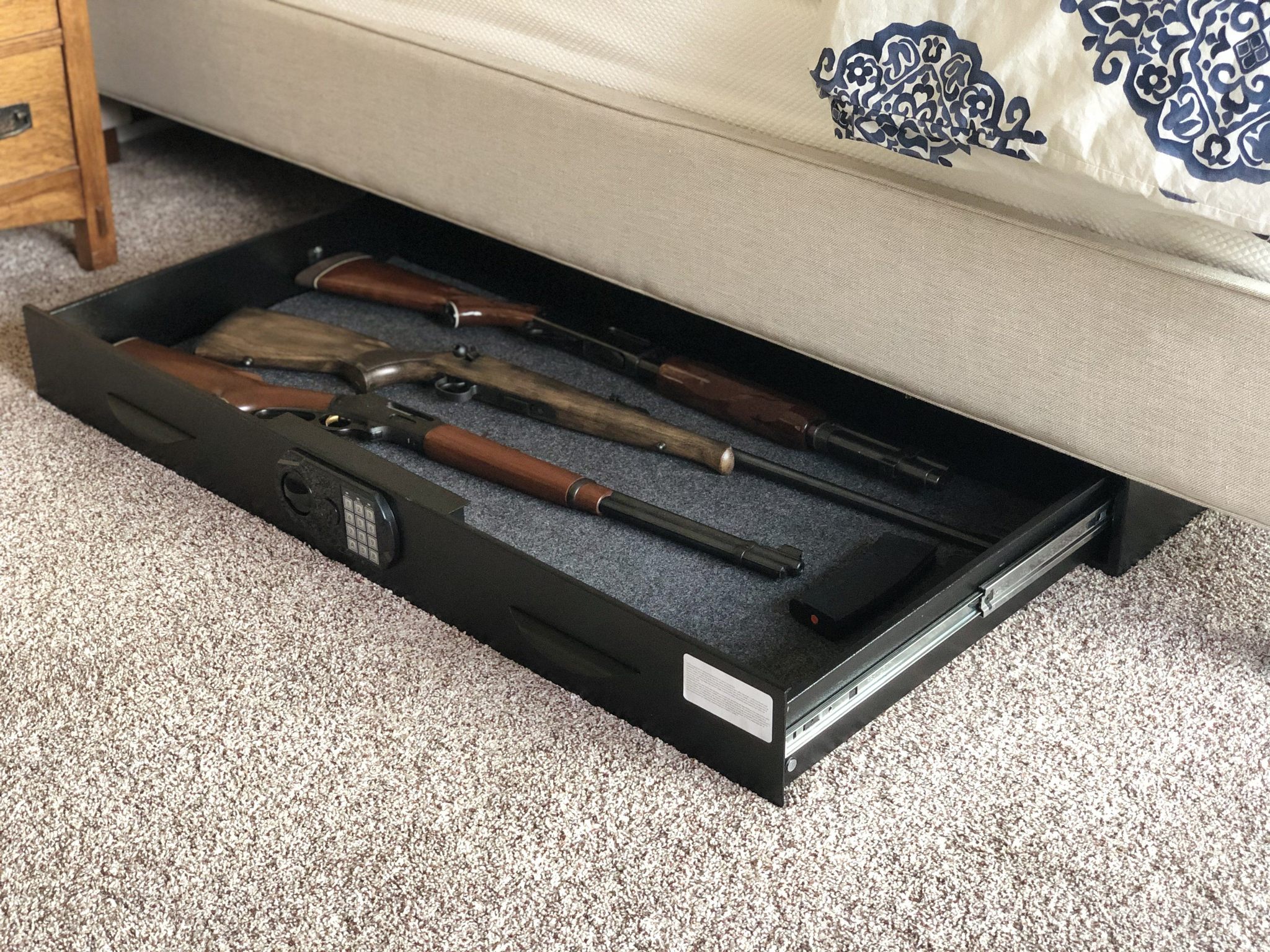Types of Felt for Gun Cabinets

Choosing the right felt for your gun cabinet is crucial for protecting your firearms from scratches and damage. The type of felt you select will depend on factors such as your budget, the type of firearms you store, and the overall design of your cabinet. Several felt types offer varying levels of protection and aesthetic appeal.
Felt Material Properties and Suitability
Different felt materials possess unique properties that make them suitable for specific applications within gun cabinets. The primary types are wool felt and synthetic felt, each with advantages and disadvantages.
| Material | Durability | Cost | Ease of Cleaning |
|---|---|---|---|
| Wool Felt | High; naturally resilient and long-lasting. Can withstand repeated use and compression. | High; premium material commands a higher price. | Moderate; spot cleaning with a damp cloth is generally effective. Avoid submerging in water. |
| Synthetic Felt (Polyester, Nylon) | Moderate to High; durability varies depending on the specific blend and manufacturing process. Generally less resilient than wool. | Low to Moderate; more affordable than wool felt. | High; easily wiped clean with a damp cloth or mild detergent. More resistant to staining than wool. |
Felt Thickness and Density
The thickness and density of the felt liner significantly impact its effectiveness in protecting firearms. Thicker, denser felt provides superior cushioning and scratch prevention. For example, a thicker felt (e.g., 1/4 inch or more) might be used to line the bottom of the cabinet where heavier firearms rest, while a thinner felt (e.g., 1/8 inch) might suffice for lining drawers or smaller compartments. Using varying thicknesses allows for customized protection based on the firearm’s weight and the cabinet’s design. A denser felt will also better resist compression over time, maintaining its protective qualities.
Felt Lining Versus Other Lining Materials
Felt offers several advantages over other lining materials. Compared to foam, felt is more resistant to tearing and provides a smoother surface, minimizing the risk of scratching delicate firearm finishes. While cloth might be cheaper, it lacks the cushioning and scratch-resistant properties of felt. Felt also tends to be more aesthetically pleasing than foam or some types of cloth, enhancing the overall appearance of the gun cabinet’s interior. However, felt can be more expensive than some alternatives, and certain types may be more susceptible to staining than others.
Maintaining and Replacing Felt in Gun Cabinets: Best Felt For Gun Cabinet

Proper felt lining maintenance is crucial for preserving the condition of your firearms and the aesthetic appeal of your gun cabinet. Neglecting the felt can lead to damage to your weapons, from scratches to more significant wear and tear. Regular cleaning and timely replacement will ensure your investment is protected.
Cleaning and Maintaining Felt Linings
Regular cleaning prevents the accumulation of dust, dirt, and grime that can degrade the felt and scratch your firearms. A soft, dry cloth is usually sufficient for routine cleaning. For more stubborn stains, a slightly damp cloth with a mild soap solution can be used, ensuring the felt is thoroughly dried afterward. Avoid harsh chemicals or abrasive cleaners, as these can damage the felt fibers. For minor damage, such as small tears or loose fibers, carefully trim away the affected area with sharp scissors. Larger tears may require patching with a small piece of matching felt using fabric glue designed for delicate materials.
Replacing Worn or Damaged Felt Linings
Replacing worn or damaged felt is a straightforward process that significantly improves the protection of your firearms. Begin by carefully removing the old felt lining. Measure the interior dimensions of your gun cabinet, noting any irregularities in shape. Purchase a suitable felt sheet – the thickness should match the original lining, if possible. Cut the felt to the measured dimensions, adding a few extra inches for easier installation. Carefully apply the new felt, smoothing out any wrinkles or air bubbles. Secure the felt in place with adhesive designed for felt and wood, following the manufacturer’s instructions. Ensure a snug fit to prevent the felt from shifting or bunching.
Felt Liner Lifespan Comparison, Best felt for gun cabinet
The lifespan of felt liners varies considerably depending on the type of felt and the environmental conditions. High humidity and temperature fluctuations can accelerate deterioration.
| Felt Type | Expected Lifespan (Years) | Conditions Affecting Lifespan | Maintenance Requirements |
|---|---|---|---|
| Wool Felt | 5-10 | High humidity, direct sunlight, extreme temperature fluctuations | Regular dusting, occasional spot cleaning with mild soap |
| Polyester Felt | 3-7 | High humidity, prolonged exposure to moisture | Regular dusting, more susceptible to staining; requires careful cleaning |
| Nylon Felt | 3-5 | Abrasion, exposure to harsh chemicals | Regular dusting, less susceptible to staining, but more prone to wear |
| Synthetic Blend Felt | 4-8 | Varied, depending on blend composition; generally more resistant to moisture than polyester alone | Regular dusting; cleaning requirements depend on the specific blend |
